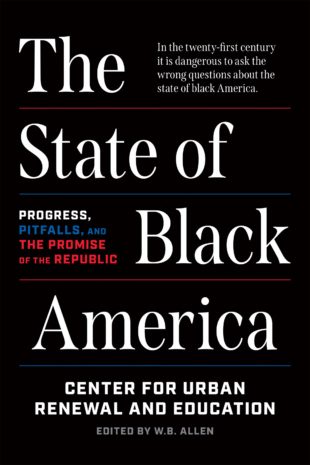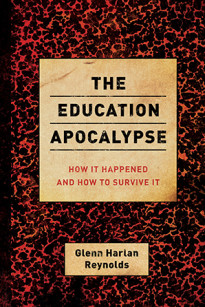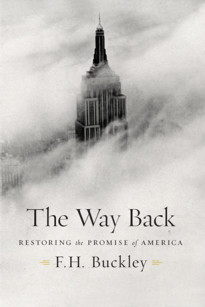The title The State of Black America immediately conjures up a sense that a discussion of problems is about to follow. And legitimately so. We do not depart from the observations of others that, on average, American blacks suffer social and economic problems disproportionately. Central to these problems is the persistence of poverty rates higher than the national average and higher, on average, than poverty rates for other ethnic groups.
Understanding why disproportionate poverty rates persist in many black communities is crucial if we are to grasp whether and how, through public policy or through other means, persistent poverty might be addressed. It is common today to attribute problems in black communities to racism. But to what extent can persistent black poverty be attributed to ongoing racial discrimination? And if racism is not, in fact, the sole or primary cause, where else might we look for an explanation?
The civil rights movement in the 1960s was supposed to be the watershed moment when the issue of racism in America would finally be solved. Following this, one might have expected that problems in black communities—problems pertaining to education, housing, health care, poverty, crime, and wealth accumulation— would be alleviated.
But here we are in 2022, more than half a century after the Civil Rights Act of 1964 became law, and this is what the Census Bureau tells us about poverty rates. (See Figures 8.1. and 8.2.)
The percentage of American blacks in poverty, over a half century after the signing of the Civil Rights Act in 1964, is still far out of proportion to the national average and to the number of American blacks as a percentage of the population. In 2019, blacks constituted 13.2 percent of the population, but 23.8 percent of those in poverty. The percentage of those in poverty who were blacks was 1.8 times greater than the percentage of blacks in the general population.
We may attempt to explain these realities by arguing that persistent racial discrimination is causing persistent black poverty, which will force us to conclude that the measures for combatting racism enacted in the 1964 Civil Rights Act were ill-conceived and/or inadequate. Alternatively, we may conclude that the disproportionate persistence of poverty in black America derives from causes over and above racism. In what follows, we present data to build a credible case for the latter position.
For the general population, we see a dramatic difference in incidence of poverty between people in households with and without a married couple, with people in single-female households registering a poverty rate more than five times higher than that of married households.
The data, looking specifically at white Americans and American blacks, show the same picture as the aggregate data for the whole population. The incidence of poverty correlates to the structure of household. The greater likelihood a household is headed by a single female indicates a dramatically increased incidence of poverty.
The correlation between family structure and the incidence of poverty appears to hold true for both white Americans and American blacks. The difference is that among blacks there is a dramatically higher incidence of families headed by a single female. Among whites, individuals in single female headed households represent 13.9 percent of all individuals in families; among blacks, they represent 41 percent. Furthermore, per the Statista Research Department, in 2019 the percentage of black families headed by a married couple living below the poverty line was 6.4 percent, 1.4 percent below the national average for all families.
Data from the National Center for Education Statistics, as shown in Figure 8.3, indicate the percentage of children under age 18 living in poverty by race/ethnicity and family structure.
The connection between family structure and poverty appears to be fundamental, transcending racial and ethnic differences. This leads us to hypothesize that a higher incidence of households not headed by married couples may be an overlooked determinant of the higher incidence of poverty among American blacks.
If we accept family structure as a key determinant in the incidence of poverty, we must then ask why American blacks have such a disproportionately lower incidence of households headed by married couples. This question leads us to consider the incidences of abortion and out-of-wedlock births, which are related to the issue of family structure.















